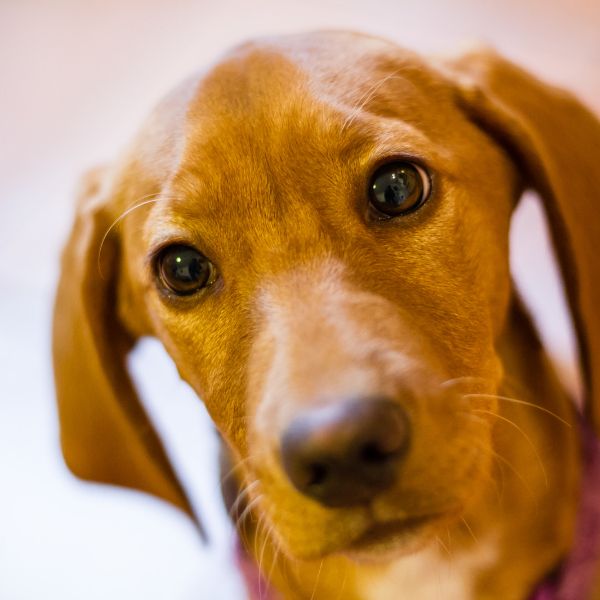PetMeetly helps you adopt a Bloodhound: Find Your Perfect Companion Today!
Petmeetly is an exceptional website that connects animal lovers and pet owners, providing a reliable service for those seeking to adopt or rehome Bloodhound. Our primary objective is to establish a community where individuals can find their perfect furry companion while offering a safe and caring haven for needy animals.
With Petmeetly, locating your new furry friend has never been easier. You can utilize our platform to browse available Bloodhounds in your locality and connect with their owners. Our extensive search options make it simple to identify the Belgian Malinois that best fits your lifestyle and preferences.
Also, Petmeetly offers a perfect platform for finding your beloved Bloodhounds a new, loving home if you decide to rehome them. Our platform is made to link you together with prospective adopters who are willing to give Bloodhounds a loving and responsible home. You may relax knowing that your pet is in capable care and will have a loving home.
Every pet needs a loving home, and at Petmeetly we are dedicated to animal welfare. Join our community now to begin your hunt for the ideal canine friend or to support a Bloodhounds in need.
Everything about Bloodhound
A canine breed with a long history that goes back to medieval Europe is the bloodhound. The Bloodhound is a popular breed with both households and police enforcement organizations because of its keen nose and kind temperament. The following list of specific details regarding the Bloodhound breed covers a variety of topics:

Height
Weight
Lifespan
Coat
LENGTH OF THE COAT
GROOMING AND SHEDDING
Energy
Barking
Intelligence
Adaptability and trainability
Affectionate with family
Good with young children
Good with other dogs and animals
Behavior towards strangers
Meet our Bloodhounds
Decided to adopt a Bloodhound?
It’s crucial to carefully evaluate these factors before bringing a Bloodhound into your home to make sure you’re ready to provide your new four-legged family member with a happy and healthy existence.
- Take into account the breed’s exercise requirements:
Bloodhounds have a lot of energy and require regular exercise to maintain good health and happiness. Make sure you have the time and space to provide your Bloodhound with the appropriate amount of physical activity.
- Consider the breed’s exercise needs:
The key to preventing fear-based violence in bloodhounds is early socialization because they can be reserved or distrustful of strangers. To make your Bloodhound feel more confident and at ease in various circumstances, expose them to a variety of people, places, and experiences.
- Grooming is essential:
The short, dense coat of a bloodhound needs to be brushed frequently to maintain it clean and in good condition. Kids are also susceptible to ear infections, so be sure to frequently clean their ears.
- Bloodhounds have a strong prey drive:
Due to their history as hunting dogs, Bloodhounds have a strong prey drive and may chase after small animals. If you have other pets in the house, it’s important to supervise interactions and train your Bloodhound to behave appropriately around them.
- Bloodhounds are vocal:
Bloodhounds are known for their distinctive baying, which can be loud and persistent. If you live in an apartment or have close neighbors, it’s important to consider how your Bloodhound’s vocalization may affect those around you.
- Training takes patience:
Bloodhounds are intelligent but can be stubborn and independent-minded. Consistent, patient training is necessary to teach them basic commands and good behavior. Positive reinforcement methods are generally most effective with Bloodhounds.
We put together a checklist to prepare you for your new Bloodhound and to make your adoption process safe and stress-free.
We put together a checklist of essential factors to consider for a smooth and safe transfer of your Bloodhound to the new owner.
